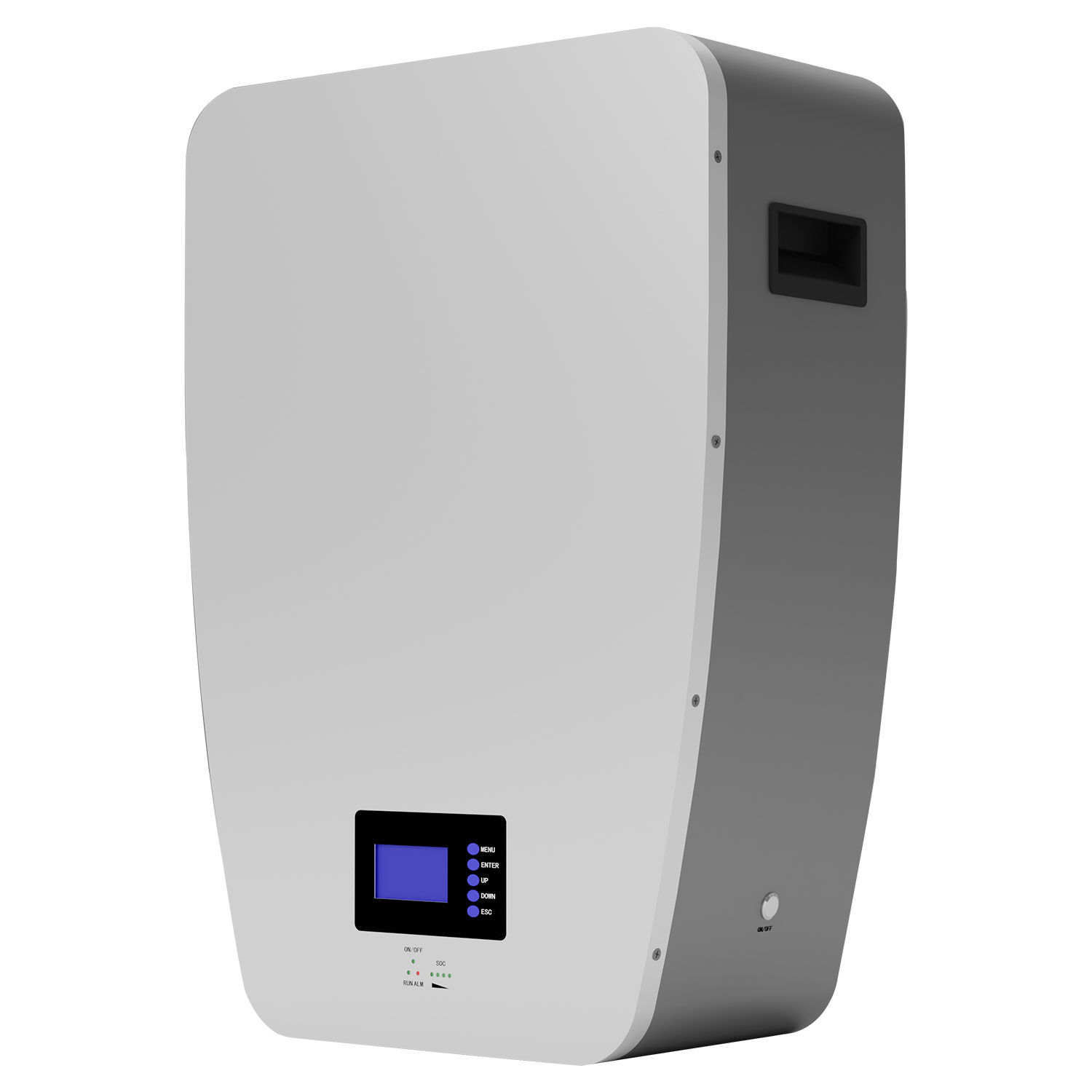The anode and cathode in a lithium-ion battery are where the lithium ions are stored. The electrolyte inside the cell carries the positively charged lithium ions from the cathode to the anode and vice versa. This movement of lithium ions creates free electrons in the cathode, which in turn creates a positive charge at the positive collector. Afterwards, current flows from the collector fluid to the negative collector fluid, operating your device in the process.
Most lithium-ion batteries use graphite as the material. The graphite used in the cathode is either synthetically produced, called artificial graphite, or mined from the earth, called natural graphite. The graphite is then processed and used on copper foil, which acts as the cathode in lithium-ion batteries.
Lithium is used as an ionic salt dissolved in the electrolyte of a lithium-ion battery; however, lithium can also be used as a material for the cathode itself, as well as in some batteries.
In lithium ion batteries, the cathode material must meet a number of requirements, such as.
-The material must have good electrical conductivity and porosity.
-It should be lightweight and durable.
-It must be low cost to keep the battery cheap.
-The material must match the voltage of the battery anode.

A variety of material options are used in the manufacture of anodes for lithium ion batteries. The material used in the anode of a lithium-ion battery must be extremely pure and free of unwanted metal impurities. The anode in a lithium-ion battery is a mixture of lithium and other metals. While the cathode material in lithium-ion batteries is well optimized, the anode material can be enhanced and today's research is focused on this particular area.
The anode of a lithium-ion battery has an active material. It consists of cobalt, nickel and manganese, presented in a crystalline structure, forming a polymetallic oxide material. Lithium is then added to the mixture in a final step.
The use of high-capacity materials is a key factor in the design aspect when designing the cathode of a lithium-ion battery. This is why alkali metals are the choice. In addition, the material used for the anode of a lithium-ion battery must have a high energy content. Lithium is now the preferred choice for use as a cathode in lithium-ion batteries. It is the most easily handled alkaline material - by being careful -. It is the lightest and most electrically positive metal in the alkali metal family. Because of its low density, lithium also has the highest specific capacity value.
All of the previous make lithium the perfect choice for anode materials. In addition, there are several other advantages to using lithium as a cathode, including.
-Lithium is a good reducing agent.
-Higher voltages can be obtained.
-High energy density and high capacity in electrochemical equivalents.
-Lithium is a very good conductive agent.
-Lithium has excellent mechanical stability.
-Lithium is easy to manufacture and fabricate.
The most commonly used materials for lithium ion battery anodes are based on carbon and lithium alloys. To avoid any issues regarding safety, it is recommended to use minimum potential insertion electrodes. The elements present in this alloy make the inserted lithium less reactive to the electrolyte.
In addition, the use of this alloy allows the use of less lithium in the battery, which in turn makes it safer, since less lithium means less reactivity, which means less fire hazard.
When choosing a material for the cathode in a lithium-ion battery, the material must have good electrical conductivity and porosity, which is why graphite is preferred because its molecular structure fits this profile. It must also be durable and lightweight. In addition, the material must match the voltage of the anode inside the same cell.
Cost is also an important factor when choosing a material for the cathode. The material should have a low cost so that the manufacturer can ensure that the battery costs less and can be easily sold in the market.
The anode in a lithium ion battery is the most active electrode inside the battery. The anode material depends entirely on the lithium-ion battery and its application. The anode does not need to be lithiated, as the lithium metal acts as the negative electrode. In a lithium-ion battery, the positive electrode - the terminal - must act as a source of lithium because there is no lithium in the carbon electrode that acts as the negative electrode. This is why, when choosing a cathode material, the most common materials are.
-Lithium manganese spinel (Li-Mn-O)
-Lithium metal oxide.
Olivenes (iron boron phosphate)
